13 Bizarre Lakes You Won't Believe Exist
Advertisement
1. Laguna Colorada: A Surreal Red Lake in Bolivia
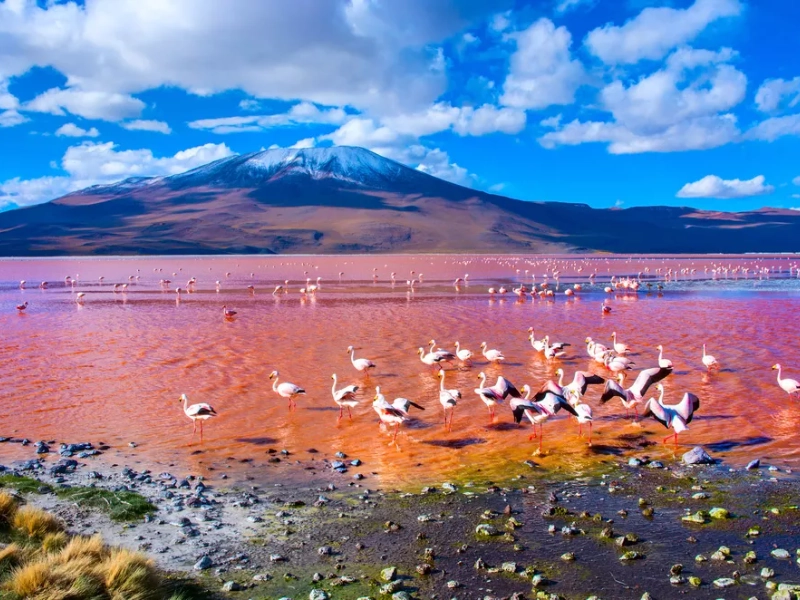
Tucked in the high-altitude deserts of southern Bolivia, Laguna Colorada is evidence of how creatively nature can produce fantastical settings. With its unique orange-red waters that seem to defy reality, this roughly six-mile-wide salt lake enthrals tourists. Still, the lake's present scale is barely a fraction of its past splendour. Ancient shorelines carved into the surrounding terrain expose a history of a far greater body of water, suggesting the enormous geological changes over millennia that have moulded this area.
The lake's captivating colour comes from a natural occurrence brought on by red algae flourishing in its waters, not from pollution or artificial colouring. Adapted to the particular chemical makeup of the lake, these microscopic creatures provide the distinctive red tint that has made Laguna Colorada famous. Fascinatingly, the lake's look is not fixed; sometimes it changes remarkably to become a brilliant green. Usually brought on by changes in water temperature and salinity, this colour change results from environmental factors favouring the growth of another type of algae.
Laguna Colorada is more than just a visual feast; it's also a vital habitat for several species, most famously the James's flamingos. These graceful birds, with their pink plumage, find perfect habitat in the shallow waters of the lake. The flamingos create a lovely symbiosis with their odd habitat since they eat the very algae causing the colour of the lake. A photographer's dream and a potent reminder of the complex balance of nature, the sight of hundreds of flamingos wading over the red waters reflects on the lake's surface.
The islands of sparkling white that dot Laguna Colorada's red expanse add to its unearthly look. These are borax deposits—a mineral compound left behind by saltwater's evaporation—not sandy beaches or limestone structures. Further accentuating the lake's alien-like look is the visually arresting pattern created by the sharp contrast between the white borax islands and the red water. These borax sites offer not only aesthetic appeal but also reveal information about the geological processes of the lake and the mineral-rich surroundings.
Laguna Colorada's special qualities have made it a popular spot for both environmentalists and researchers. Its place inside the Eduardo Avaroa Andean Fauna National Reserve guarantees some degree of preservation for this delicate habitat. But the site's growing popularity also begs questions about how human activity may affect this delicate ecosystem. Constant efforts are being made to strike a balance between the necessity to protect this natural beauty for next generations and the want for access to it.
Advertisement
Recommended Reading:
Completely Interesting: Interesting Cat Photos Will Make You Smile →
You are viewing page 1 of this article. Please continue to page 2
Stay Updated
Actionable growth insights, once a week. No fluff, no spam—unsubscribe anytime.
Advertisement
You May Like

11 Dogs Blissfully Unaware of Their Massive Size
08/29/2025
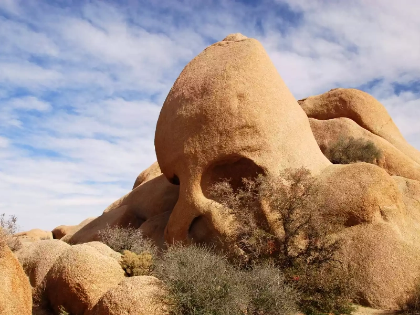
13 Rocks You Won't Believe Aren't Man-Made!
10/13/2025

Photos That Change How You See World History
09/15/2025
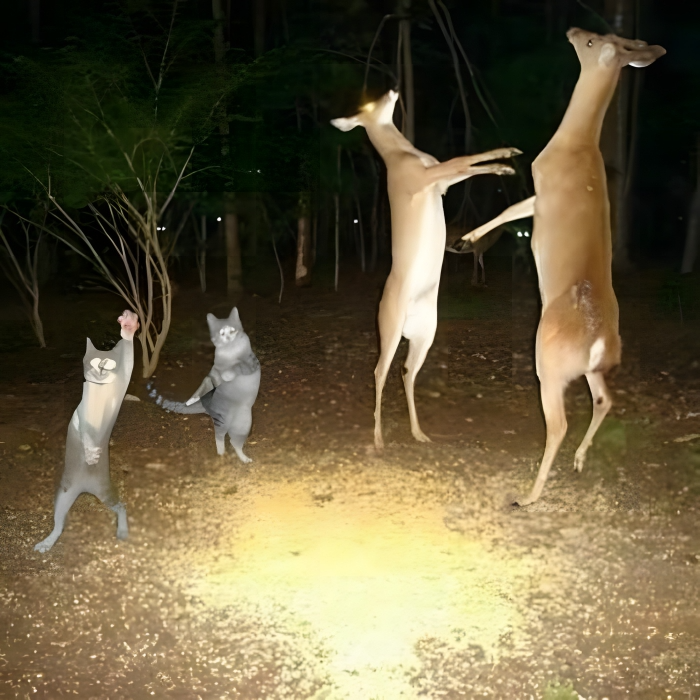
Hilarious Photos That Have Us Scratching Our Heads
08/31/2025

20 Loyal Dog Breeds That Protect You Fearlessly
10/13/2025

The Animal Mafia: Funny Snaps of Wild Gangsters
09/14/2025

The Charm Of Time Proof: The Eternal Goddess Of Old Hollywood
09/24/2025

13 Craziest Laws You Won’t Believe Exist Worldwide
11/04/2025

25 Odd Wedding Photos Sure to Make You Laugh
10/05/2025

38 of the World's Most Dangerous Dog Breeds You Should Know
09/08/2025

Nightly Honey Before Bed: How It Can Affect Your Body
09/23/2025

30 Jaw-Dropping Moments Frozen in Photos
10/10/2025

Mind-Blowing Coincidences That Are Hard To Believe
09/19/2025

10+ Jaw-Dropping Photos That Shook the Internet
08/22/2025

Animals Clearly Running the Show in These Hilarious Photos
09/19/2025
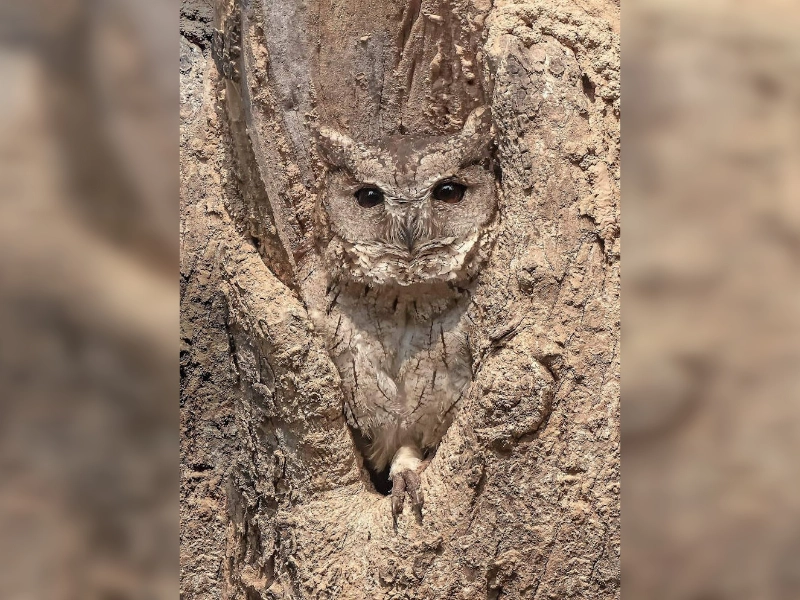
30 Hilarious Hide & Seek Camouflage Fails
09/04/2025
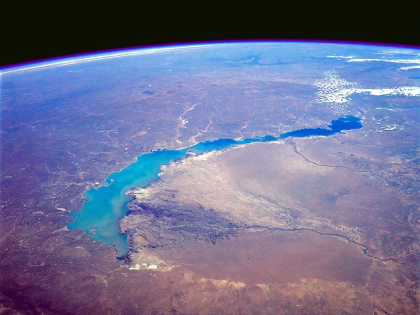
13 Bizarre Lakes You Won't Believe Exist
10/04/2025

20 Ultra-Rare Dog Breeds You've Probably Never Seen
08/21/2025

Firefighters Save Puppies—Then Make a Shocking Mistake
08/07/2025

10 Iconic Actors Unrecognizable in Jaw-Dropping Makeup
09/01/2025
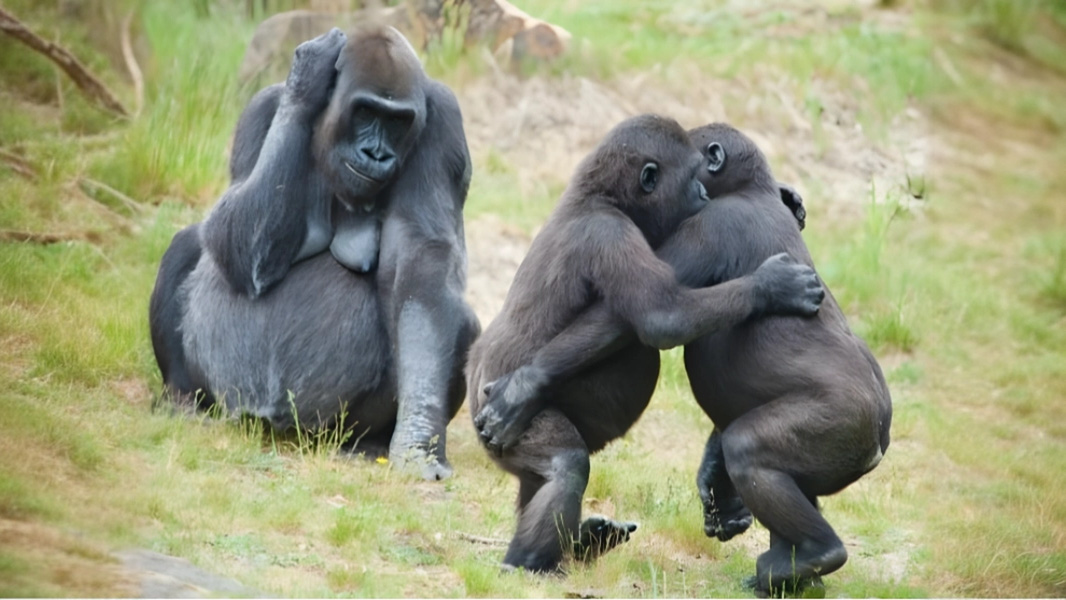
Stunning Snapshots: Perfectly Timed Animal Photos
11/04/2025

Top 9 Legendary Cruisers: Maritime Titans That Ruled the Oceans
11/03/2025

Top 15 Fruits to Boost Your Exercise Performance
08/27/2025
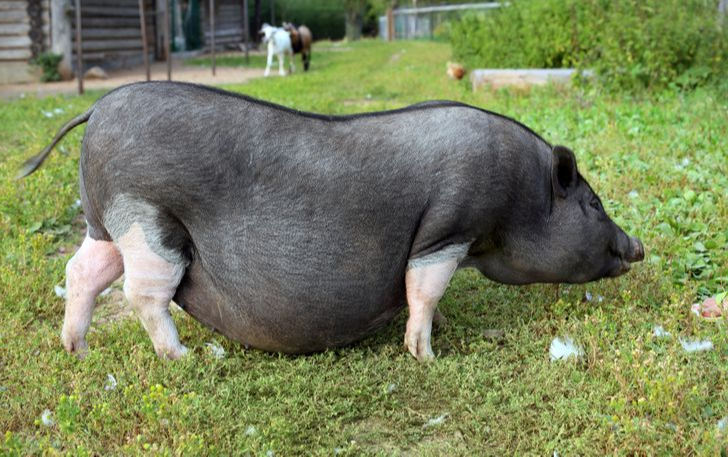
8 Fascinating Animal Pregnancy Before and After Changes
10/01/2025
Comments
GlacierSignal · 08/09/2025
Methodology maturity shows.
IndigoSpin · 10/15/2025
Feels backlog-ready.
MosaicHarbor · 09/15/2025
Concise and thought‑provoking. Agree?
HorizonWeaver · 10/07/2025
I see compounding retention effects.